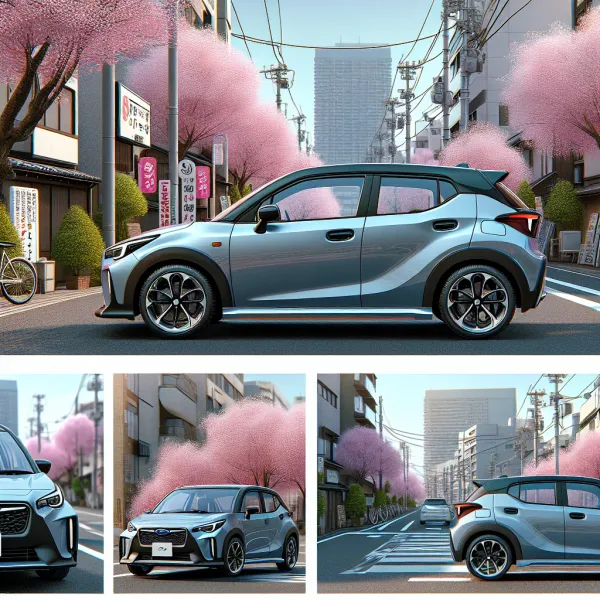Subaru R2: A Compact Marvel of Japanese Engineering
Subaru R2: A Compact Marvel of Japanese Engineering
The Subaru R2 is a name that resonates with fans of compact cars and Japanese automotive ingenuity. First introduced in 1969 and later revived in 2003, the R2 has carved its niche in the competitive world of kei cars. With its unique design, efficient performance, and innovative features, the Subaru R2 remains a testament to Subaru's commitment to creating vehicles that are both practical and stylish.
A Brief History of the Subaru R2
The original Subaru R2 was launched in 1969 as a successor to the Subaru 360. Designed to meet Japan's kei car regulations, the R2 was compact, lightweight, and economical. It quickly gained popularity for its affordability and practicality, becoming a common sight on Japanese roads during the 1970s.
In 2003, Subaru revived the R2 nameplate with a modern interpretation of the kei car. This new version retained the compact dimensions and efficiency of its predecessor but added contemporary styling and advanced technology to appeal to a new generation of drivers.
Design and Features
The Subaru R2 stands out with its distinctive design. The 2003 model, in particular, features a rounded, aerodynamic shape that maximizes interior space while maintaining a small footprint. Its bold grille, sleek headlights, and smooth lines give it a modern and youthful appearance.
Inside, the R2 offers a surprisingly spacious cabin for a kei car. Clever design choices, such as a tall roofline and efficient use of space, ensure that passengers enjoy a comfortable ride. The dashboard is simple yet functional, with intuitive controls and high-quality materials that reflect Subaru's attention to detail.
Performance and Efficiency
Under the hood, the Subaru R2 is powered by a range of small yet efficient engines designed to deliver excellent fuel economy without compromising performance. The 2003 model offered options such as a 660cc inline-4 engine, available in naturally aspirated and supercharged versions. These engines provided enough power for city driving while keeping emissions and fuel consumption low.
The R2 also features Subaru's signature all-wheel-drive (AWD) system in some variants, a rarity in the kei car segment. This AWD capability enhances the car's stability and handling, making it a reliable choice for drivers in regions with challenging weather conditions.
Why the Subaru R2 Matters
The Subaru R2 is more than just a small car; it represents Subaru's ability to innovate within the constraints of the kei car category. By combining practicality, efficiency, and style, the R2 has earned a loyal following among drivers who value compact cars that don't compromise on quality.
Moreover, the R2's revival in 2003 demonstrated Subaru's willingness to revisit its heritage and adapt classic designs for modern audiences. This approach has helped the brand maintain its reputation for reliability and innovation.
The Legacy of the Subaru R2
Although production of the Subaru R2 ended in 2010, its legacy lives on. The R2 remains a beloved model among enthusiasts of kei cars and compact vehicles. Its unique blend of style, efficiency, and practicality continues to inspire admiration and nostalgia.
For those lucky enough to own a Subaru R2, it serves as a reminder of Subaru's dedication to creating cars that meet the needs of everyday drivers while pushing the boundaries of what a small car can achieve.
Conclusion
The Subaru R2 is a shining example of Japanese engineering at its finest. Whether you're a fan of classic cars or modern kei vehicles, the R2 offers something to appreciate. Its innovative design, efficient performance, and enduring legacy make it a standout in the world of compact cars.
As we look to the future of automotive design, the Subaru R2 serves as a reminder that great things often come in small packages.
